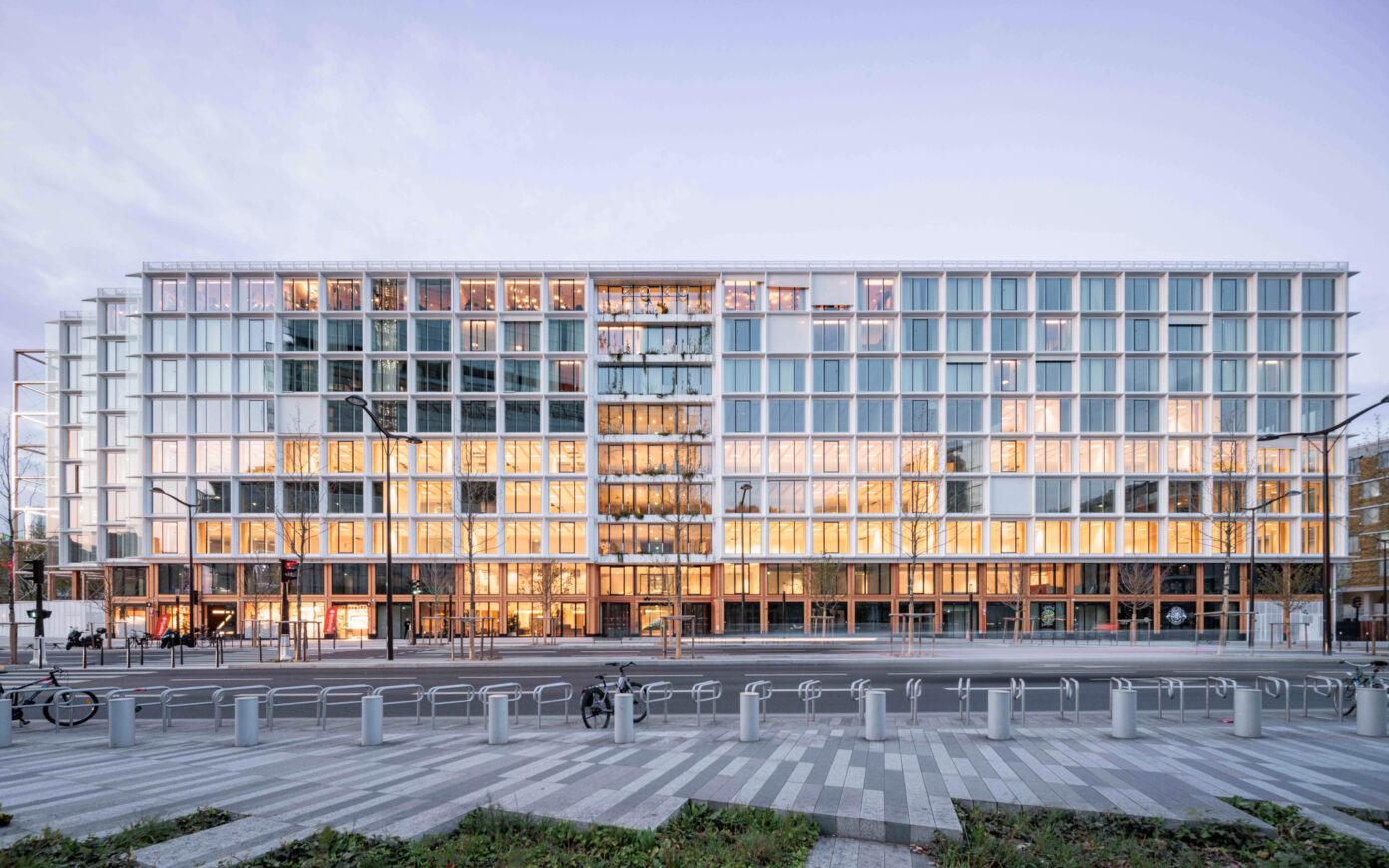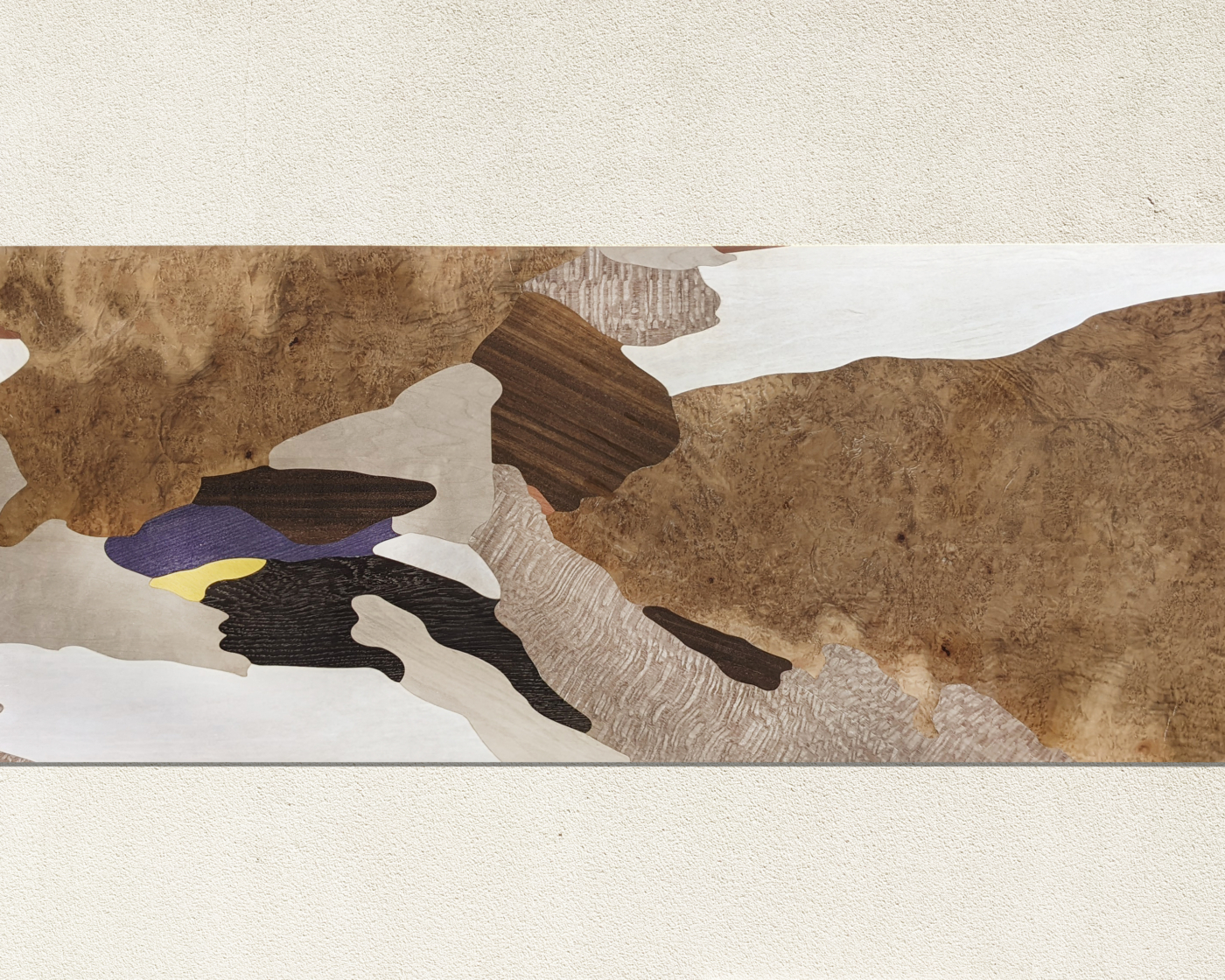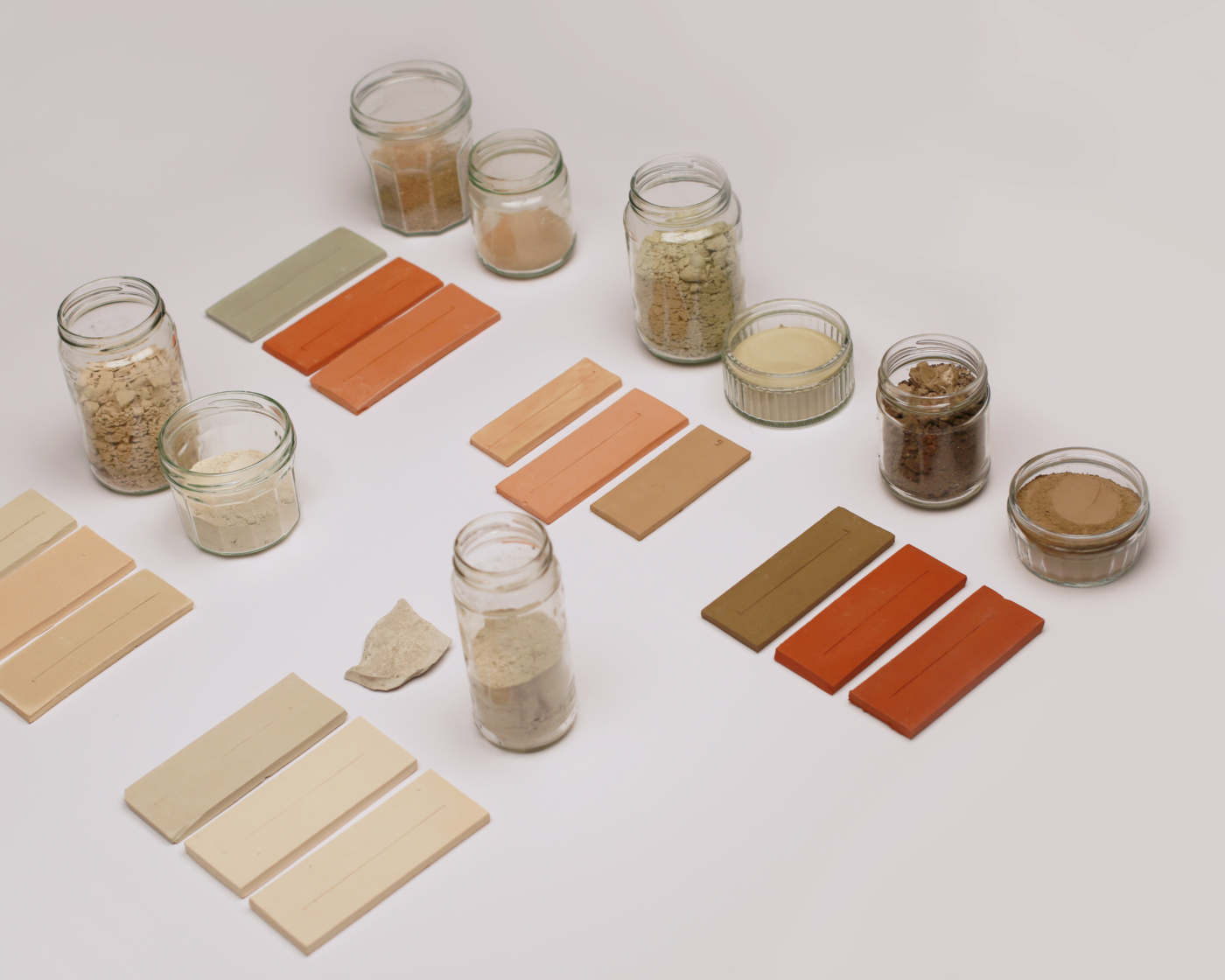La Source Vive is a new concert hall dedicated to chamber music located in Évian. The result of a collaboration between architects Patrick Bouchain and Philippe Chiambaretta. Its conch-like form is the outcome of sensory experimentation and scientific analysis aimed at achieving exceptional acoustics while blending seamlessly into its scenic surroundings. The project is housed by the Évian Resort and embodies Aline Foriel-Destezet’s commitment to promoting music. Born of her desire to support the creation of an architectural complex featuring a unique concert hall in service of a major music project, La Source Vive will be located at the Mélèzes site, in the close vicinity of La Grange au Lac, another iconic music venue designed thirty years ago by Patrick Bouchain. Together, they will form an exceptional architectural complex dedicated to music—two complementary facilities within the same institution working together to provide a complete, open, and supportive musical experience.
Wood construction

Covivio, Hines France, and PCA-STREAM have come together to create the Stream Building, a manifesto building located at the heart of the new Clichy-Batignolles district that integrates almost fifteen years of research by Stream Lab into innovations addressing the key challenges facing the cities of tomorrow. Circular by design, the Stream Building is a relational and productive hub that will energize this new urban center within the Greater Paris area by concentrating all the activities associated with a vibrant urban life.

Wood
France has the 4th largest forest area in Europe, yet 40% of its timber is imported. At a time when Google’s London headquarters, designed in 2016 with a solid wood structure, has still not been delivered, and when the tallest wooden tower is due to be built in Tokyo in 2028, reaching a height of 100 metres, where does France stand in relation to wood? The RE2020, through the dynamic life cycle analysis, encourages the use of bio-sourced materials to promote the storage of biogenic carbon in buildings. The SNBC is explicitly banking on this sector to achieve its 2050 targets. However, the Paris Fire Brigade doctrine published in 2021 greatly complicates its use in architecture. How can these contradictions be overcome?

Soil
Although soil is used as a building material in many parts of the world, it has often been regarded as a waste product in France in recent decades, with little use being made of excavated soil. However, its thermal and hygrometric properties, its extremely low carbon footprint when used raw, its abundance and the natural variations in colour that it offers in every region make it a rich and inspiring material for today’s architects and designers. How can we adapt our building techniques to bring this material into line with contemporary requirements, and get rid of the vision of primitive housing that it still evokes for many people?
Explorer Tous les tags
 stream voices
stream voices
Eager to share more generously the results of its collaborations and research, PCA-STREAM publishes STREAM VOICES, its online magazine!
